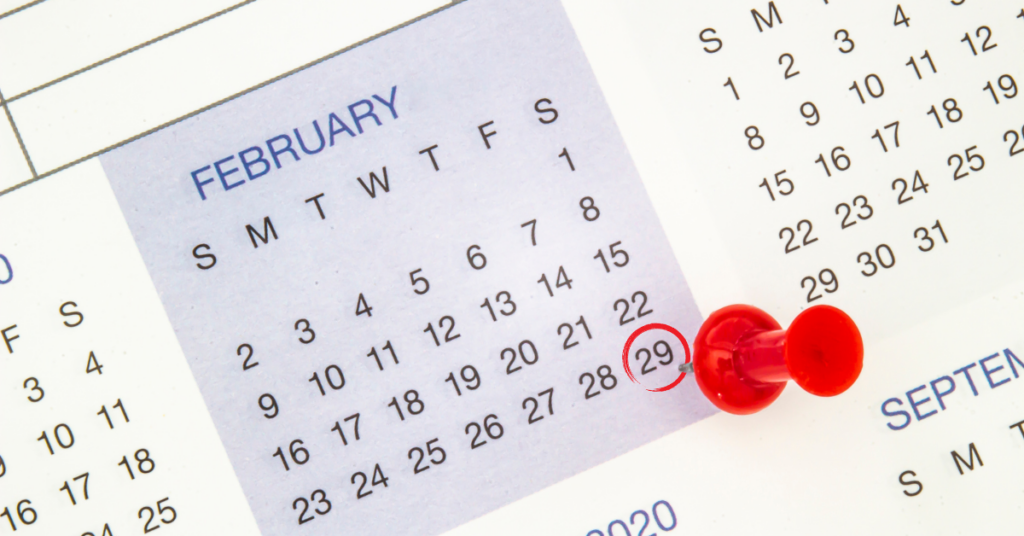
By Tori Ganahl | Rocky Mountain Voice
Every four years, we indulge in an extra day on the calendar, February 29, fondly known as Leap Day. But why do we have this extra day, and what are some of the fascinating traditions associated with it? Let’s dive into the curious world of Leap Day:
Balancing Time and the Cosmos
While our modern calendar comprises 365 days, Earth’s orbit around the sun actually takes approximately 365.2421 days. To align our calendars with astronomical reality, we insert an additional day every four years.
Leap Day Through History
Leap Day isn’t a recent invention; ancient calendars, including those of the Hebrew, Chinese, and Buddhist traditions, employed leap months to reconcile lunar and solar cycles. Julius Caesar, inspired by the Egyptian solar calendar, introduced the Leap Day concept we recognize today.
Gregorian Calendar
In the 16th century, Pope Gregory XIII refined the calendar further, creating the Gregorian Calendar. By eliminating leap years in centurial years not divisible by 400, the Gregorian Calendar ensures greater accuracy in tracking time.
Leap Day Romance
Leap Day isn’t just about timekeeping—it’s also steeped in romance. Legend has it that in 5th-century Ireland, St. Bridget persuaded St. Patrick to allow women to propose marriage on Leap Day. This tradition, known as Bachelor’s Day, spread to Scotland and England, albeit with a humorous twist.
Leaplings
People born on February 29, affectionately called Leaplings, celebrate their birthdays once every four years. This elite group includes notable figures like Dinah Shore, Tony Robbins, and Ja Rule.
As we mark Leap Day on February 29, 2024, let’s embrace the quirks and traditions that make this extra day in our calendar so special.
